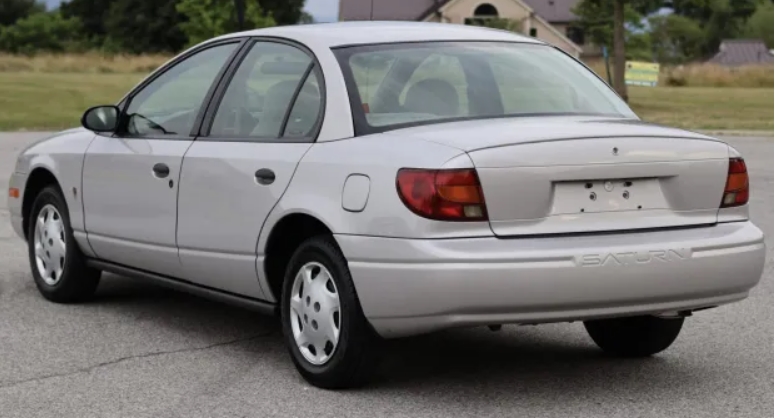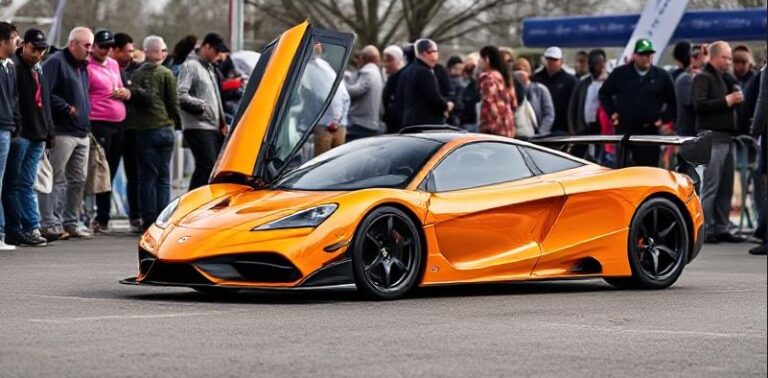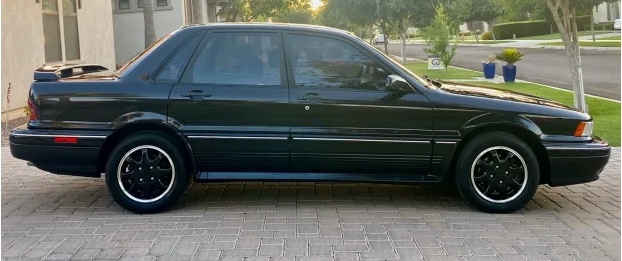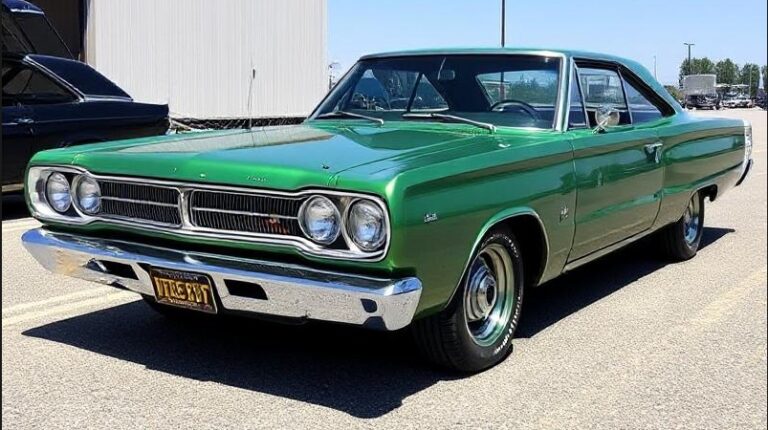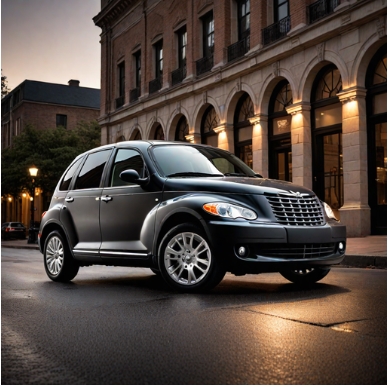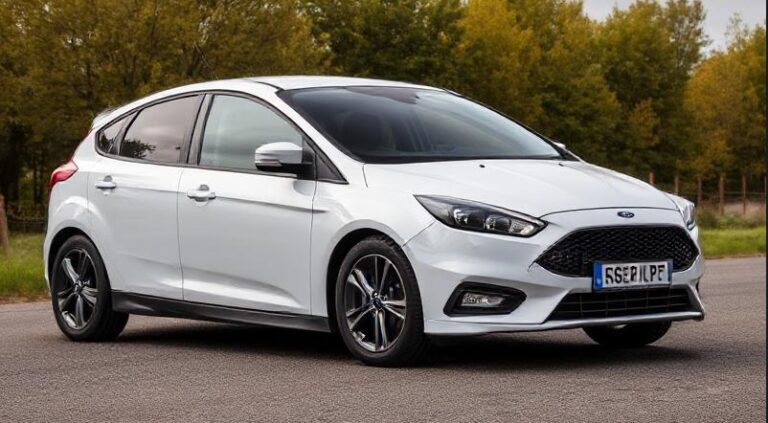The Evolution of the Saturn SL, SL1, and SL2
The Saturn brand, established as a subsidiary of General Motors in 1985, represented a bold experiment in the American automotive industry. It was conceived as a response to the rising success of Japanese automakers, especially in the compact car market. The Saturn SL series, which includes the SL, SL1, and SL2, was instrumental in shaping consumer perceptions of American-made vehicles during the 1990s and early 2000s. This article delves into the evolution of this iconic line, tracing its history, model variations, and trim levels.
Launch and Initial Years (1991-1995)
The Saturn SL made its debut in 1991, introduced alongside the company’s innovative manufacturing process and unique marketing strategy aimed at appealing to younger, value-conscious buyers. The SL was designed as a compact sedan with a focus on efficiency and affordability. The SL was the base model, while the higher-tier SL1 and SL2 offered additional features.
- 1991-1992: The 1991 SL lineup featured a single model, the SL, equipped with a 1.9-liter SOHC (Single Overhead Cam) engine producing 85 horsepower. The SL was praised for its polymer body panels that offered resistance to dents and rust.
- 1993: Saturn expanded the lineup with the SL1, which featured a more powerful version of the 1.9-liter engine (also SOHC) producing 100 horsepower. The SL2 made its debut this year, boasting a dual overhead cam (DOHC) engine that generated 124 horsepower. The SL1 and SL2 trims included more features such as air conditioning, power windows, and upgraded interior materials.
- 1994-1995: The SL series continued with minor updates. For 1995, a significant refresh was introduced, including a grille redesign and the option for antilock brakes on SL and SL1 models.
.

.
Mid-1990s Refinements (1996-2000)
As the Saturn SL gained traction in the market, the mid-1990s saw further refinements and expansion in features to meet consumer expectations.
- 1996: This model year marked the introduction of the “Saturn Look,” with the brand embracing a more family-oriented design. The SL1 continued with the SOHC powertrain but received enhancements to its fuel efficiency. The SL2 enjoyed refinements, including a new engine design that improved its torque and response.
- 1997: An updated interior with improved materials and sound insulation made its debut alongside an optional package that offered leather seating and advanced audio systems.
- 1998: The SL received notable upgrades such as a new rear suspension that enhanced ride quality and handling. The SL2 also received sport-oriented options, making it more attractive to younger buyers.
- 1999-2000: The SL series culminated with its last substantial updates before entering the new millennium. The introduction of a new, more powerful 1.9-liter DOHC engine in the SL2 lifted performance metrics, gaining respect among sport sedan enthusiasts.
New Century and Final Years (2001-2002)
Entering the 2000s, Saturn faced increased competition, prompting the need for further updates to its SL lineup.
- 2001: This marked the beginning of an end for the Saturn SL series. Amid changing consumer preferences for SUVs and larger vehicles, the SL underwent its last redesign. The models received fresh front-end styling and a revamped interior that matched contemporary standards of quality and comfort.
- 2002: The SL, SL1, and SL2 returned with minimal changes as the manufacturer prepared for the future. The discontinuation of the Saturn SL series was announced around this time, with the final models being produced. The SL series officially ended production in 2002.
Trim Level Breakdown
Saturn SL (1991-2002)
The base model of the SL series, the original SL was well equipped for its price point, focusing on efficiency rather than luxury. Trim and feature packages were limited, but optional equipment included things like air conditioning, a basic audio system, and manual windows.
Saturn SL1 (1993-2002)
The SL1 stood apart by offering enhanced features. Over the years, the SL1 trim added finer interior appointments, optional power accessories, and improved audio systems. The evolution to include power windows, locks, and advanced safety features marked its appeal.
Saturn SL2 (1993-2002)
The SL2 was designed for consumers who desired performance and style. It evolved over the years to become a favorite among driving enthusiasts in the compact segment. Standard features typically included a more powerful engine, sportier suspension, and options for larger wheels and advanced audio systems.
Conclusion
The Saturn SL, SL1, and SL2 were meticulously crafted vehicles that encapsulated the spirit of innovation during their production years. The brand dedicated itself to consumer satisfaction, producing vehicles that championed reliability, affordability, and a commitment to quality. Throughout its twelve-year production run, the unique design features and varied trim levels allowed Saturn to successfully carve out its niche in a competitive automotive landscape. However, as market demands shifted in the early 2000s, Saturn ultimately transitioned from its SL series to new models and initiatives. Today, while the Saturn brand no longer exists, the legacy of the SL series endures, remembered fondly by those who experienced the evolution of this iconic American sedan.
